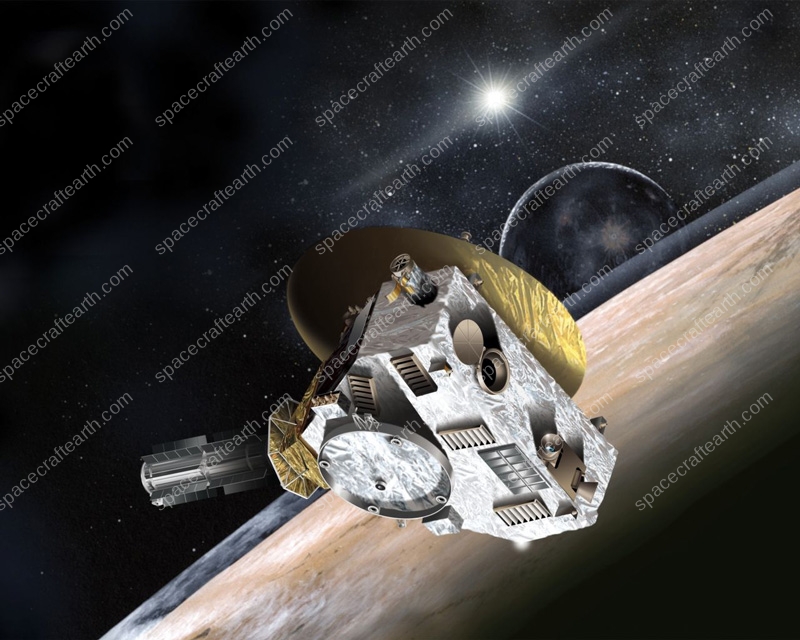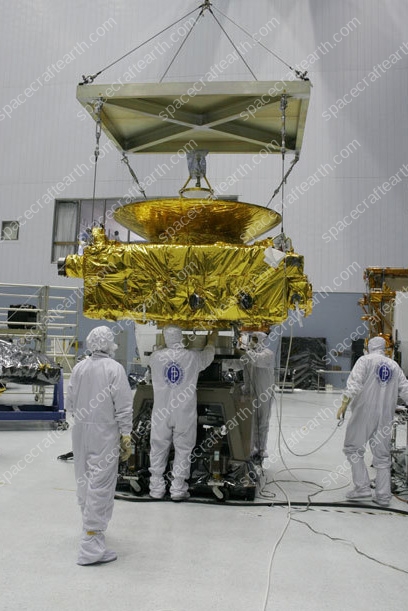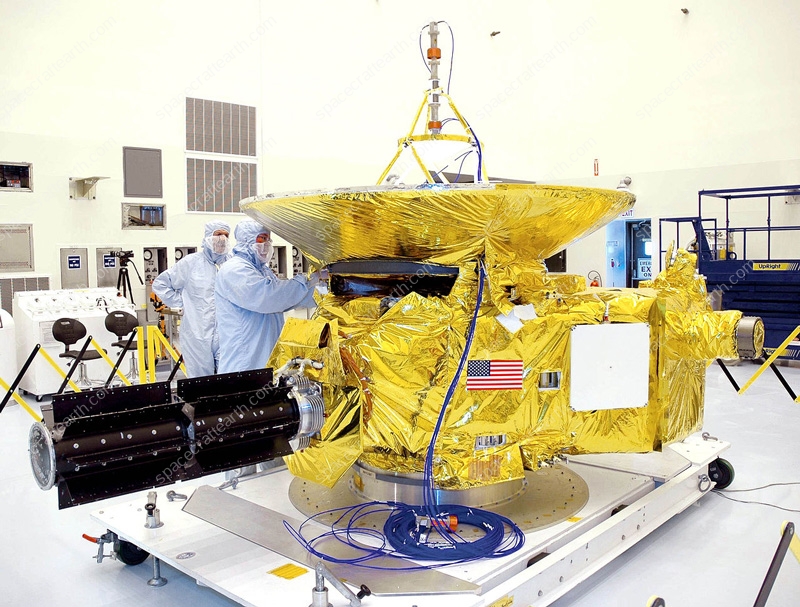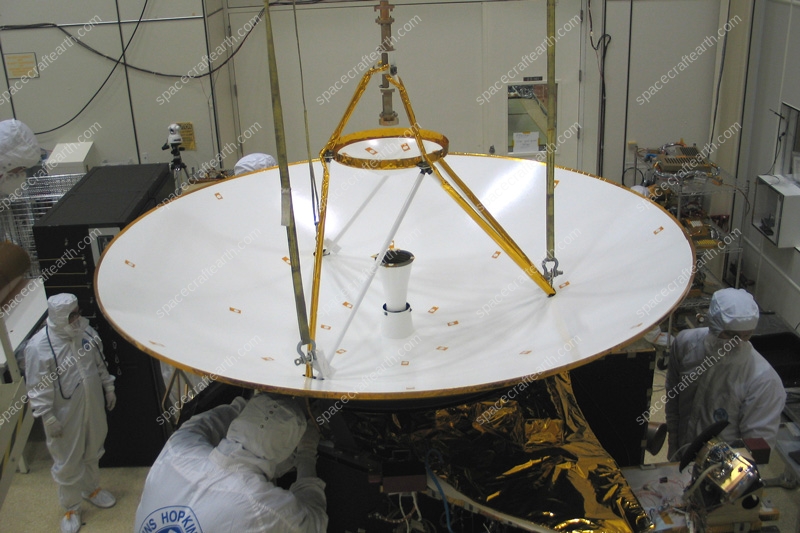
New Horizons is an interplanetary space probe that was launched as a part of NASA’s New Frontiers program. Engineered by the Johns Hopkins University Applied Physics Laboratory (APL) and the Southwest Research Institute (SwRI), with a team led by S. Alan Stern. The spacecraft was launched in 2006 with the primary mission to perform a flyby study of the Pluto system in 2015, and a secondary mission to fly by and study one or more other Kuiper belt objects (KBOs) in the decade to follow.


On January 19, 2006, New Horizons was launched from Cape Canaveral Air Force Station directly into an Earth-and-solar escape trajectory with a speed of about 16.26 kilometers per second (58,536 km/h; 36,373 mph). After a brief encounter with asteroid 132524 APL, New Horizons proceeded to Jupiter, making its closest approach on February 28, 2007, at a distance of 2.3 million kilometers (1.4 million miles). The Jupiter flyby provided a gravity assist that increased New Horizons‘ speed; the flyby also enabled a general test of New Horizons‘ scientific capabilities, returning data about the planet’s atmosphere, moons, and magnetosphere. Most of the post-Jupiter voyage was spent in hibernation mode to preserve on-board systems, except for brief annual checkouts. On December 6, 2014, New Horizons was brought back online for the Pluto encounter, and instrument check-out began. On January 15, 2015, the New Horizons spacecraft began its approach phase to Pluto. On July 14, 2015, at 11:49 UTC, it flew 12,500 km (7,800 mi) above the surface of Pluto, making it the first spacecraft to explore the dwarf planet. On October 25, 2016, at 21:48 UTC, the last of the recorded data from the Pluto flyby was received from New Horizons. Having completed its flyby of Pluto, New Horizons has maneuvered for a flyby of Kuiper belt object (486958) 2014 MU69, expected to take place on January 1, 2019, when it will be 43.4 AU from the Sun.

Alan Stern (born November 22, 1957) is an American engineer and planetary scientist. He is the principal investigator of the New Horizons mission to Pluto and the Chief Scientist at Moon Express.
Stern has been involved in 24 suborbital, orbital, and planetary space missions, including eight for which he was the mission principal investigator. One of his projects was the Southwest Ultraviolet Imaging System, an instrument which flew on two space shuttle missions, STS-85 in 1997 and STS-93 in 1999.
Stern has also developed eight scientific instruments for planetary and near-space research missions and has been a guest observer on numerous NASA satellite observatories, including the International Ultraviolet Explorer, the Hubble Space Telescope, the International Infrared Observer and the Extreme Ultraviolet Observer. Stern was Executive Director of the Southwest Research Institute’s Space Science and Engineering Division until becoming Associate Administrator of NASA’s Science Mission Directorate in 2007. He resigned from that position after nearly a year. In early 2009 Stern’s name was mentioned as a potential contender for the position of NASA administrator under President Obama’s administration. Stern has stated, however, that he is not interested in the position at this time given his desire to spend time with his family.

During the data mining we’ve stumbled upon the name of Alan Stern, PI of the New Horizons mission. At that time we had no contact with him. We’ve chosen the mission as a new frontier mission, and interesting to us as such. After the production of the 3D illustrations and the later infographic, we’ve sent our work to different web sites for popularization of space subjects. One of those sites was “Universe Today” edited by Fraser Cain, who was kind enough to connect us to Alan Stern. Mr. Stern wrote us a mail asking us if we were willing to accept inputs from him. We accepted, of course and few days later got a first list of improvements for our infographic.


Mr. Stern also published our infographic on his Twitter profile, giving us a worldwide publicity with hundreds of tweets and comments. This moment gave us a boost for future projects. Thank you for your help, Alan! We really appreciate it.
